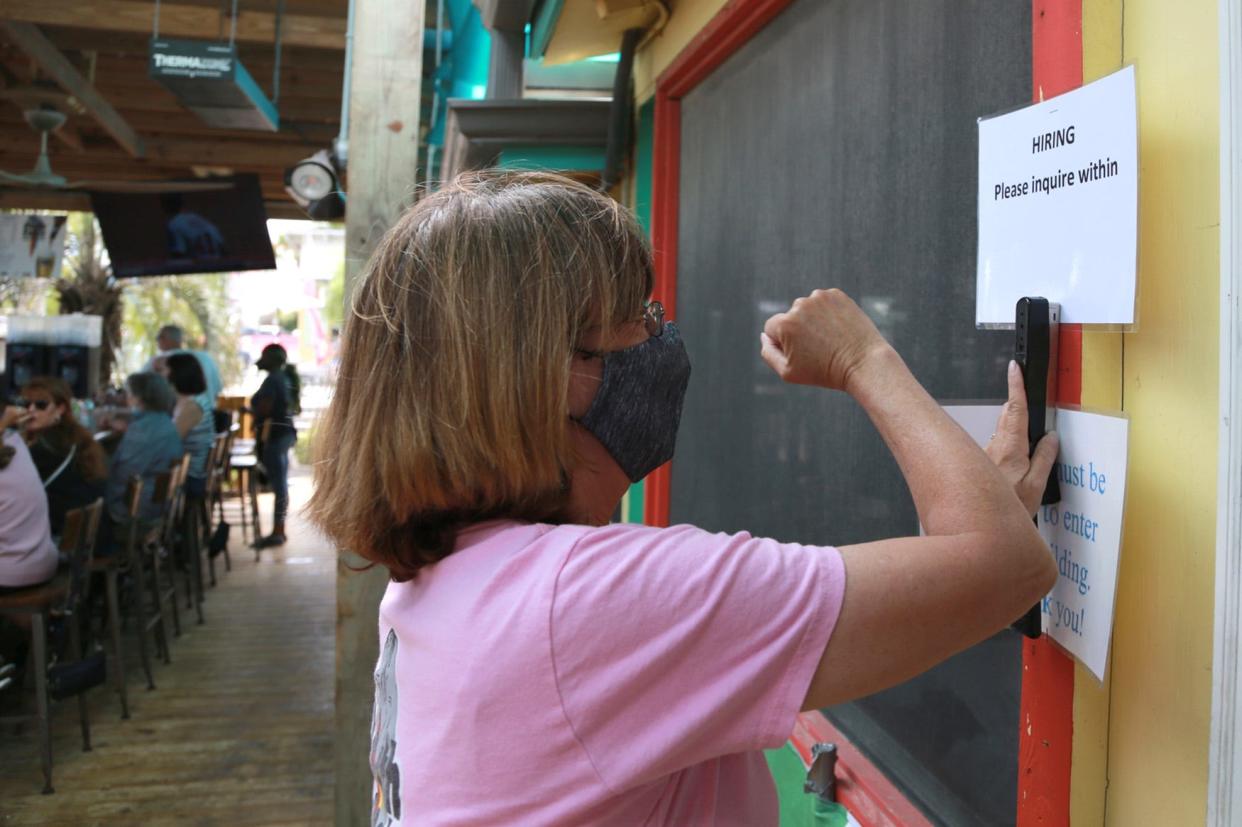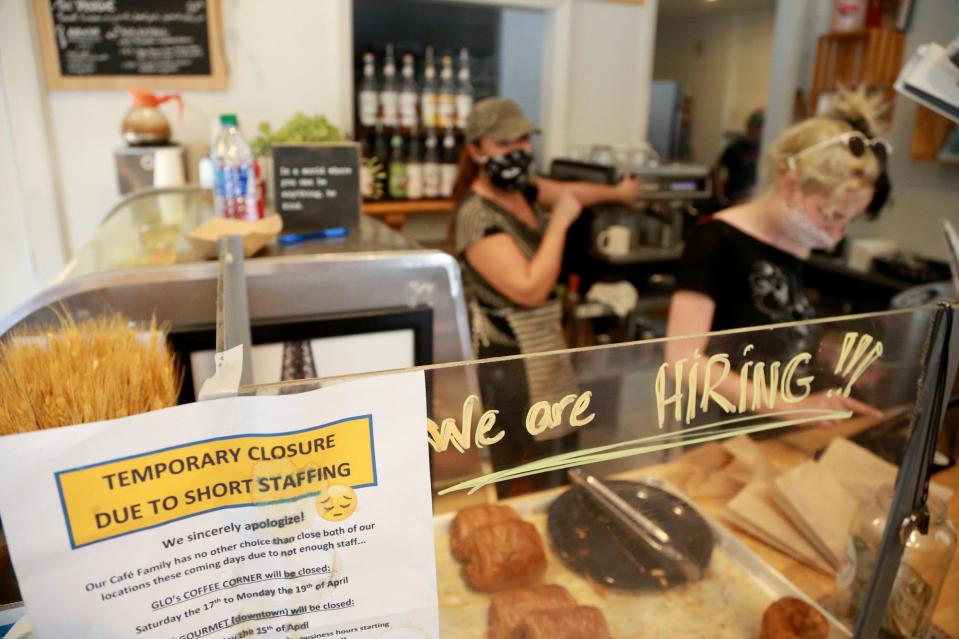Labor pains? How Savannah's worker shortage impacts how we eat, shop, get medical treatment

This is a column by Wanda Lloyd, a retired newspaper editor and author of “COMING FULL CIRCLE: From Jim Crow to Journalism.”
Where have all the people gone? That’s the question many of us are asking every time we go to places where staff shortages are proffered as the excuse for slow or reduced service, or we see “Now Hiring” signs on the front door, appealing for job applicants.
I recall the evening I drove up to a popular fast-food restaurant and a sign taped on the drive-through squawk box read: “Due to staffing, we can only serve customers who order on the app,” an app I had not used before.
I wanted the meal so I pulled into a parking space and downloaded the app. When I drove up to the window to receive my food and I inquired about the staffing issue, I was told there was no one there to run the cash register. A workplace skill was missing that day.
More from Wanda Lloyd: Ketanji Brown Jackson's confirmation to the Supreme Court is a first, but not a last
Beyond the food industry
Staff shortages are not limited to restaurants, although eating establishment managers apologize every day for seating waits or delays in serving food orders, making some wonder if we’ll ever see what used to be normal service.
Staff shortages are also evident in places like medical offices and hospitals, banks, grocery stores and even home services. How often have we heard lately that it may take weeks or months to schedule home renovations or repairs? My online neighborhood discussion group is full of referral requests for workers who will actually show up on the promised day.
So, where have the people gone? We know that millions of workers dropped out of the U.S. workforce during the COVID-19 pandemic, some citing persistent fears of illness and disability. A recent article in the Wall Street Journal reports that “three million workforce dropouts say they don’t plan to return to pre-COVID activities,” including going to work outside the home, shopping in person or dining out, even after the pandemic ends.

To address the question about where workers have gone, the answer is far from clear-cut. Many of those who left are the elderly, some with underlying health conditions who want to avoid working in places like crowded restaurant kitchens or commute on public transportation.
Many others left the workforce to start their own businesses. U.S. Census data shows that aspiring entrepreneurs filed paperwork to start 4.3 million businesses in 2020 – an increase of 24 percent from the year before. And closer to home, in Chatham County, the Small Business Grant Program is providing reimbursement grants of up to $25,000 for pandemic-related recovery expenses.
So, what can we do to help local businesses get through this dearth of workers? The reality is that we may never see things the way they were, but here are some suggested ways everyday folks may be able to ease the pain of missing workers.
More from Wanda Lloyd: Pass the CROWN Act to help fight discrimination against Black hairstyles
Better conditions, leaning into technological solutions
First, it has become clear that workers can no longer get by in minimum wage jobs. It’s painful to know that some young people, many with children to raise, may have to work two or three jobs to afford the basic needs of food and housing, thus leaving child-rearing to friends and relatives. Employers who recognize that fact and raise salaries may be able to attract a more stable workforce.
Next, most of us must be willing to embrace technology in the promised cashless society. I tended to avoid downloading apps for services like fast-food ordering, but it became clear to me on that day when there was no human to swipe my debit card that I must become more flexible.
Grocery stores are adding self-service lanes and reducing lines with cashiers. And these days we often see dine-in restaurants with devices on the table to pay for food. I know some in my generation, Baby Boomers who don’t care for new-tech gadgets and this way of paying for goods and services, but we need to embrace this new technology.

Finally, be patient with overstressed workers. And if you are able, be generous with tips to thank people for working hard. Your generosity may have a big impact on encouraging workers to stick with their jobs.
California economist Nicholas Bloom, someone who studies workforce trends told the Wall Street Journal: “Our evidence is the labor force isn’t going to magically bounce back.”
We should be prepared for this new normal.
This article originally appeared on Savannah Morning News: Worker shortages are here to stay. Society must evolve and adapt

